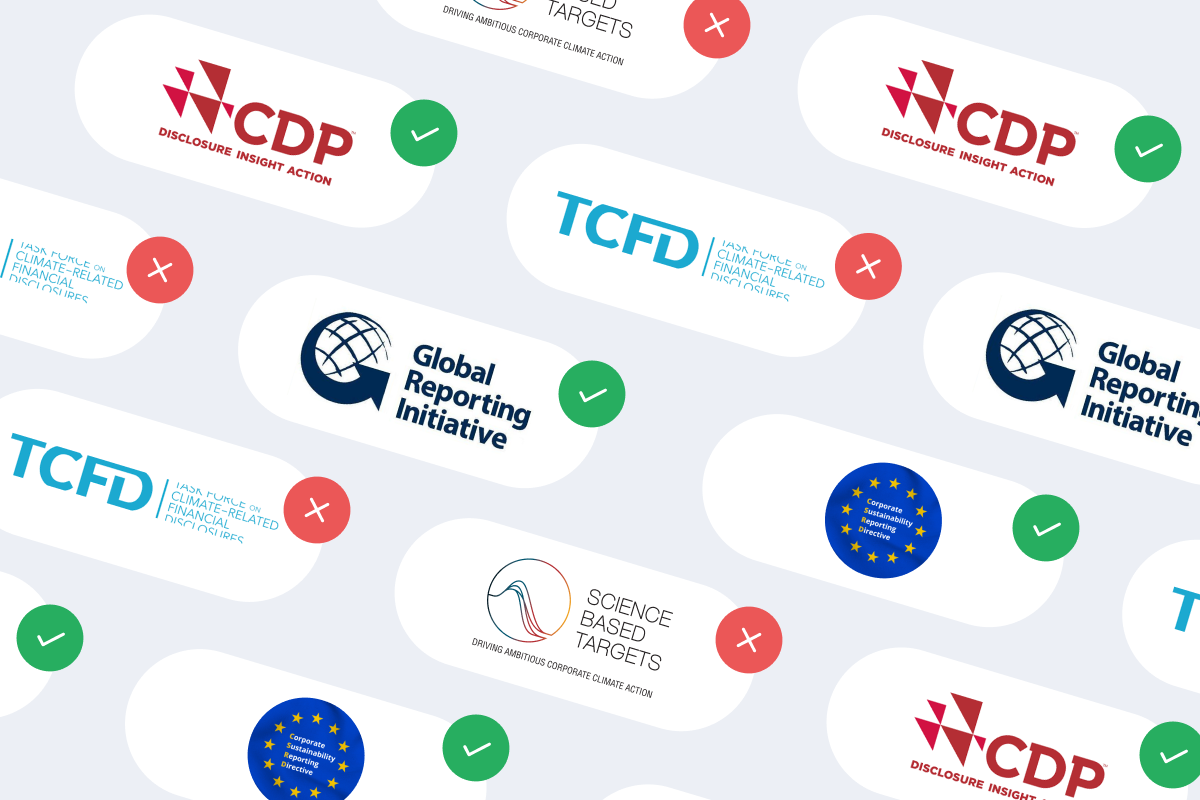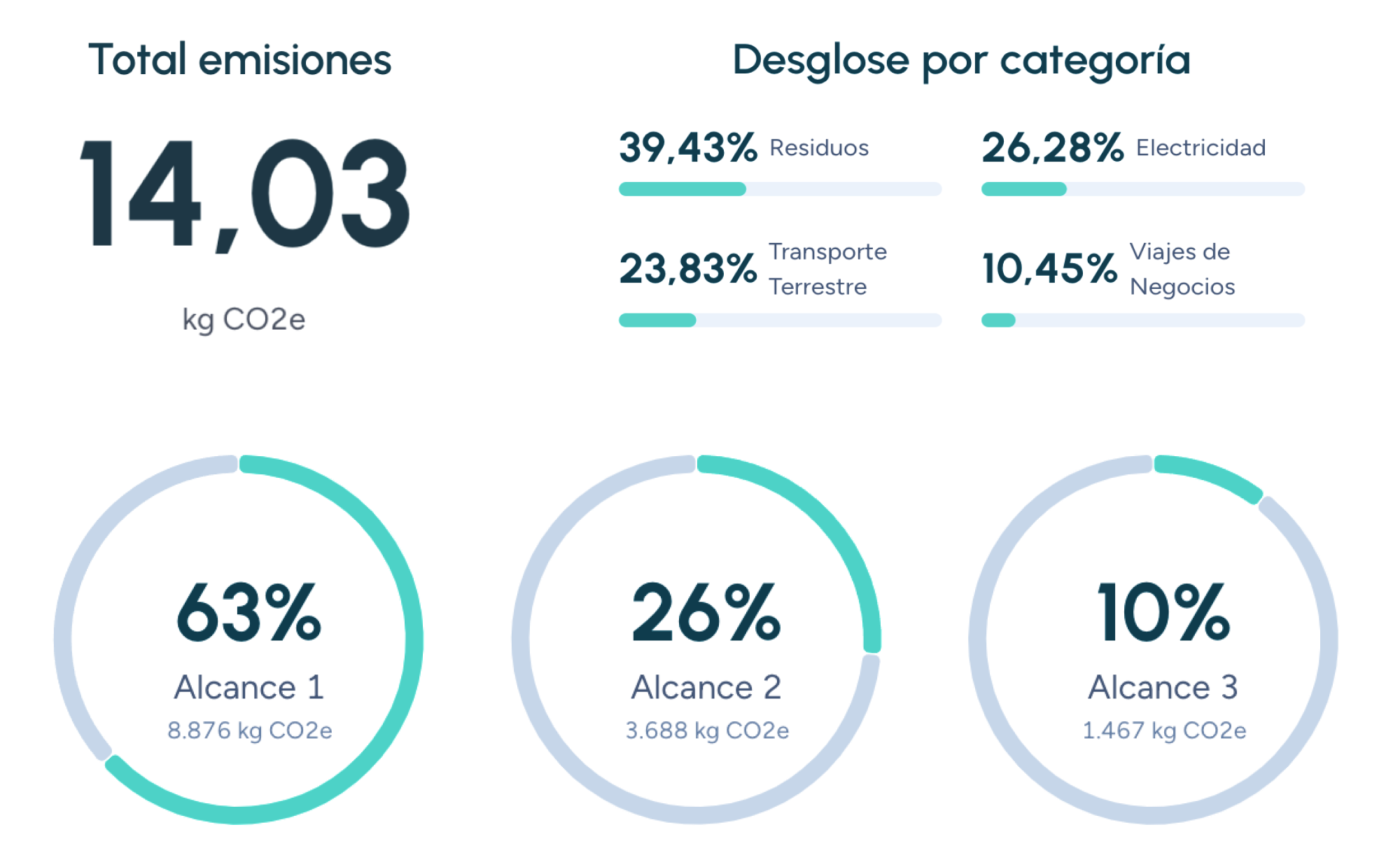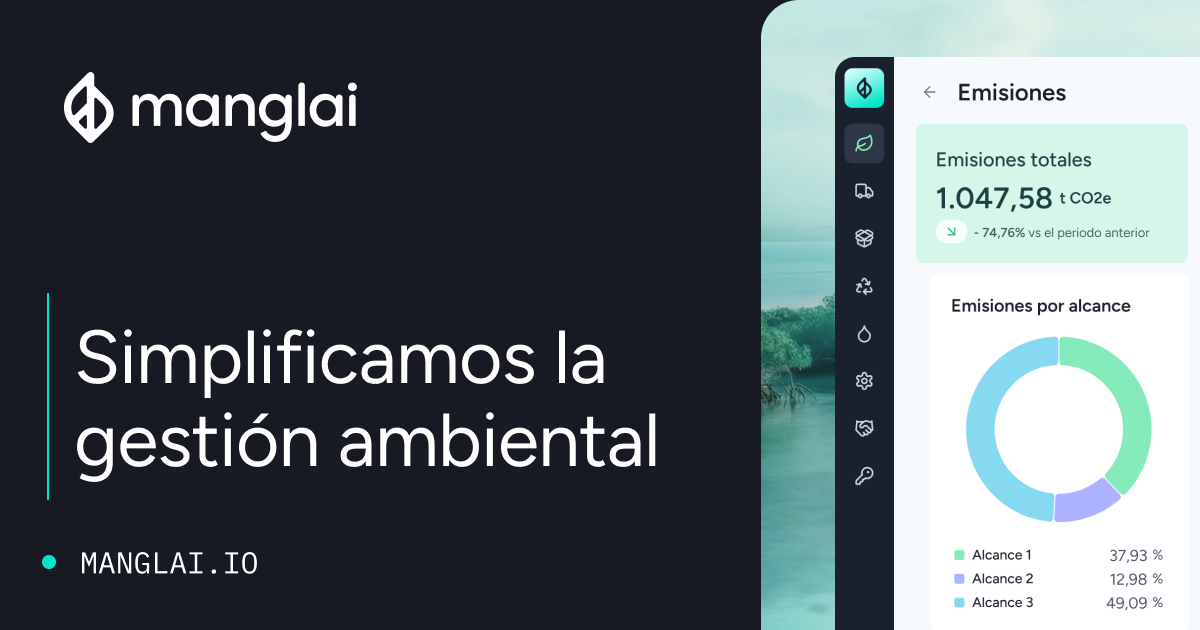C
Carbon footprint certification
Carbon footprint certification is a process by which an independent, accredited third party verifies and validates the calculation of an organization’s or product’s greenhouse gas (GHG) emissions. This certification provides objective assurance that the reported GHG data is accurate, complete, and transparent, in line with recognized international standards.
Why carbon footprint certification matters
Obtaining carbon footprint certification offers a range of strategic benefits:
Increased credibility and trust
Third-party verification enhances the credibility of a company’s sustainability claims, building trust with customers, investors, and other stakeholders.
Access to new markets and business opportunities
Sustainability is becoming a key purchasing criterion. Certification can open doors to new markets—especially where sustainable products and services are prioritized.
Improved environmental management
The certification process involves a detailed review of emissions data, helping organizations identify opportunities to reduce their environmental impact across operations and the supply chain.
Regulatory compliance
In some sectors and regions, carbon footprint certification is mandatory. In others, it provides a competitive advantage in public tenders or access to tax incentives.
Key carbon footprint certification standards
Several international standards are widely recognized for carbon footprint certification:
- ISO 14064-1: Developed by the International Organization for Standardization (ISO), this standard outlines requirements for quantifying and reporting GHG emissions and removals at the organizational level.
- GHG Protocol: Created by the World Resources Institute (WRI) and the World Business Council for Sustainable Development (WBCSD), the GHG Protocol provides a globally recognized framework for GHG accounting and management.
- PAS 2050: A British specification that sets out requirements for assessing life cycle GHG emissions of goods and services.
Carbon footprint certification process
While the exact steps may vary by standard and certifying body, the general process includes:
1. Define the scope
Determine what will be included in the carbon footprint assessment—whether it's an organization, product, service, or specific activity.
2. Data collection
Gather accurate, comprehensive data on GHG emissions from sources such as energy consumption, business travel, waste management, and the supply chain.
3. Carbon footprint calculation
Use standardized methodologies to calculate the total carbon footprint, covering direct (Scope 1) and indirect (Scope 2 and 3) emissions.
4. Independent verification
An accredited certification body reviews the methodology, data, and calculations to ensure they meet the chosen standard’s requirements.
5. Issuance of the certificate
If the verification is successful, the organization receives a formal carbon footprint certification valid for a specified period.
Final thoughts
Carbon footprint certification is more than a sustainability credential—it's a strategic asset that strengthens environmental performance, transparency, and trust. With tools like Manglai, your organization can streamline data collection, manage GHG inventories, and confidently pursue certification aligned with ISO, GHG Protocol, or PAS 2050 standards.
Companies that trust us

Corporate Sustainability Due Diligence Directive (CSDDD)
The Corporate Sustainability Due Diligence Directive (CSDDD) is a legislative proposal by the European Union aimed at establishing legal obligations for companies to identify, prevent, and mitigate adverse impacts of their activities on human rights and the environment throughout their value chains.
Corporate Sustainability Reporting Directive (CSRD)
Discover the CSRD, the EU’s new directive on corporate sustainability reporting. Understand its impact on businesses, the disclosure requirements, and how Manglai can help you meet them.
Double Materiality and the CSRD
Understand the concept of double materiality within the CSRD and how it influences carbon footprint measurement. Learn how Manglai helps identify risks and opportunities for a more sustainable future.
Guiding businesses towards net-zero emissions through AI-driven solutions.
© 2025 Manglai. All rights reserved
Política de Privacidad


